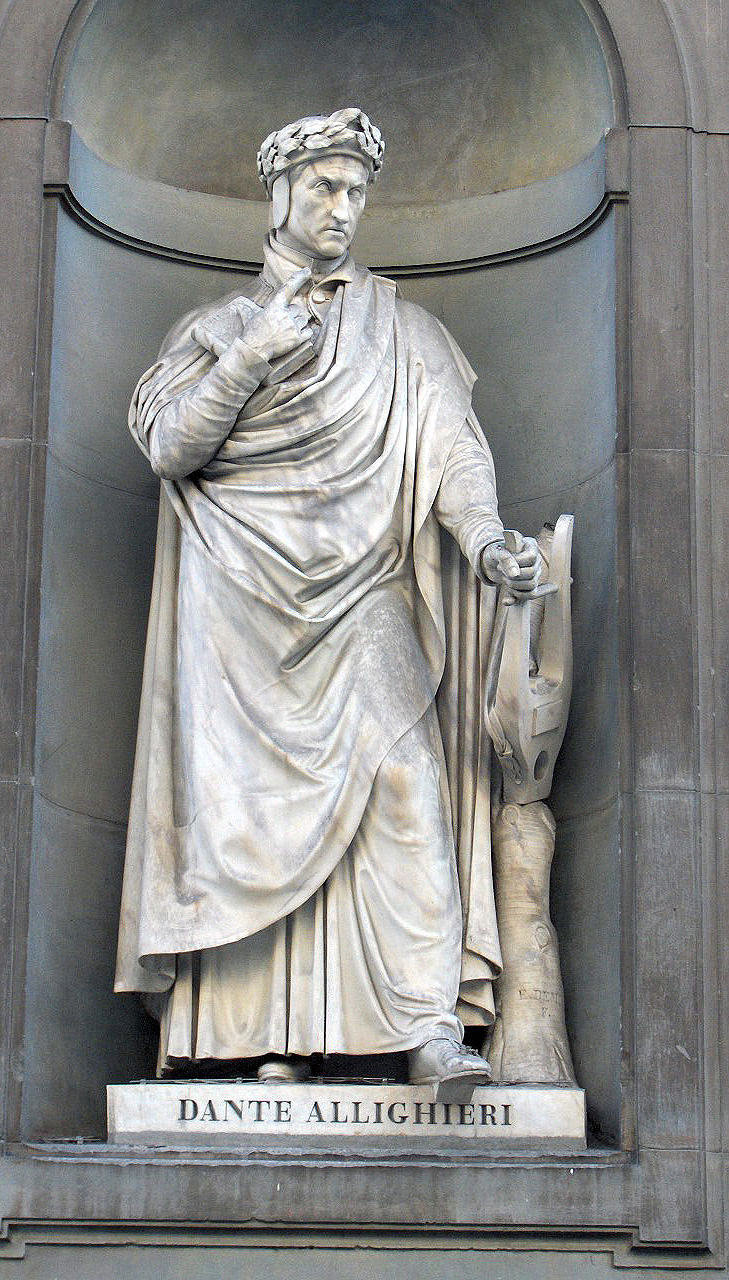Is it true that the fat-over-lean rule is suspended when using alkyd paints and mediums?
 |
| Grain Elevators, by Carol L. Douglas, is an example of a cold-wax medium painting. I used it to add the rough texture of a beaten down industrial setting to the sky. |
Oil paints are pigments suspended in vegetable oil. These drying oils are most commonly linseed oil but also may be walnut oil or tung, poppy, or perilla seed oils. They do not dry by evaporation, but by oxidation. To speed up the drying process, metal salts are sometimes added.
In my youth, we made our own medium with equal parts linseed oil, turpentine, damar varnish and a few drops of cobalt drier. After seeing the condition of some 20th century masterpieces, cracked and brittle after less than a century, I stopped making my own and started to use commercially-prepared medium instead.
Alkyd mediums have almost completely taken over the industrial coating world. They dry more quickly than old-fashioned drying oils. There are many ways to make an alkyd medium, but they all involve cooking a vegetable oil with a polyol like glycerine. Before you consider eating the results, however, alkyds generally have Xylene added to control the viscosity. Alkyds for decorative painting have extra oil cooked in to lengthen the oil strands and to make a more durable finish.
 |
|
The Sacrifice of Isaac, c. 1527, by Andrea del Sarto, courtesy of the Cleveland Museum of Art, shows a painting at the pre-glaze point.
|
I’m seeing more and more students come to class with alkyd-based products like Galkydor Liquin. I’ve used both and like them well enough; they don’t feel significantly different from conventional media. But I’m skeptical of replacing something proven with something unproven to save dry time, which is relatively unimportant in alla prima painting. Classic painting mediums last for centuries when properly applied.
It’s claimed by some teachers that alkyd media allow you to ignore the fat-over-lean rule in painting. That’s the principle that higher-oil paints (i.e., mixed with medium) belong on the top levels, whereas lower-oil mixes (i.e. cut with turpentine or OMS) belong in the initial underpainting.
 |
|
The Sacrifice of Isaac, c. 1522, by Andrea del Sarto, courtesy of the Prado, shows the same subject in what del Sarto would have called its finished form, after meticulous glazing.
|
Pigments affect the dry time of paints as much as the oil binder does. However, as a general rule, the more oil, the longer it takes for paint to dry. The less oil, the faster the paint dries, but this produces a more brittle film. That’s one reaason we use thin layers at the bottom and save the juicy paint for the top.
There’s been a trend toward painting techniques using glazing layer after glazing layer of thin pigment dissolved in alkyd media. I’ve even seen paintings done by laying down layers of alkyd medium and then painting into that. None of that is proven technology, and won’t be in our lifetimes. It will take another few generations before the durability of indiscriminate alkyd glazing is proved.
 |
|
Self-portrait, c. 1655, Rembrandt van Rijn, courtesy Kunsthistorisches Museum. His technique involved painting impasto passages above transparent ones, or the opposite of glazing.
|
Glazing has been used since oil painting was invented. It was traditionally done by applying transparent colors over an opaque monochromatic grisaille or colored foundation. That doesn’t mean the masters just indiscriminately glazed everything. Most passages were painted alla prima, just as we do today. Glazing was restricted to dynamic passages and fine modulations.
To do it right is very tricky; I’ve never mastered it. It’s hard to predict how a passage will look when dry. You get no second try at the underpainting, so if it’s wrong, too bad. And the thickness of the glaze affects not only the paint’s tonal value, but its surface finish.
Still, pigment suspended in a binder is very beautiful. If you’re interested in this effect, you might try cold-wax mediuminstead. Unlike encaustic, which uses heat to thin the wax, cold-wax medium is whipped with mineral spirits. It has a milky, soft, appearance. You can sand it, scrape it, and rework it to your heart’s content, and it’s thoroughly modern in its final appearance.



